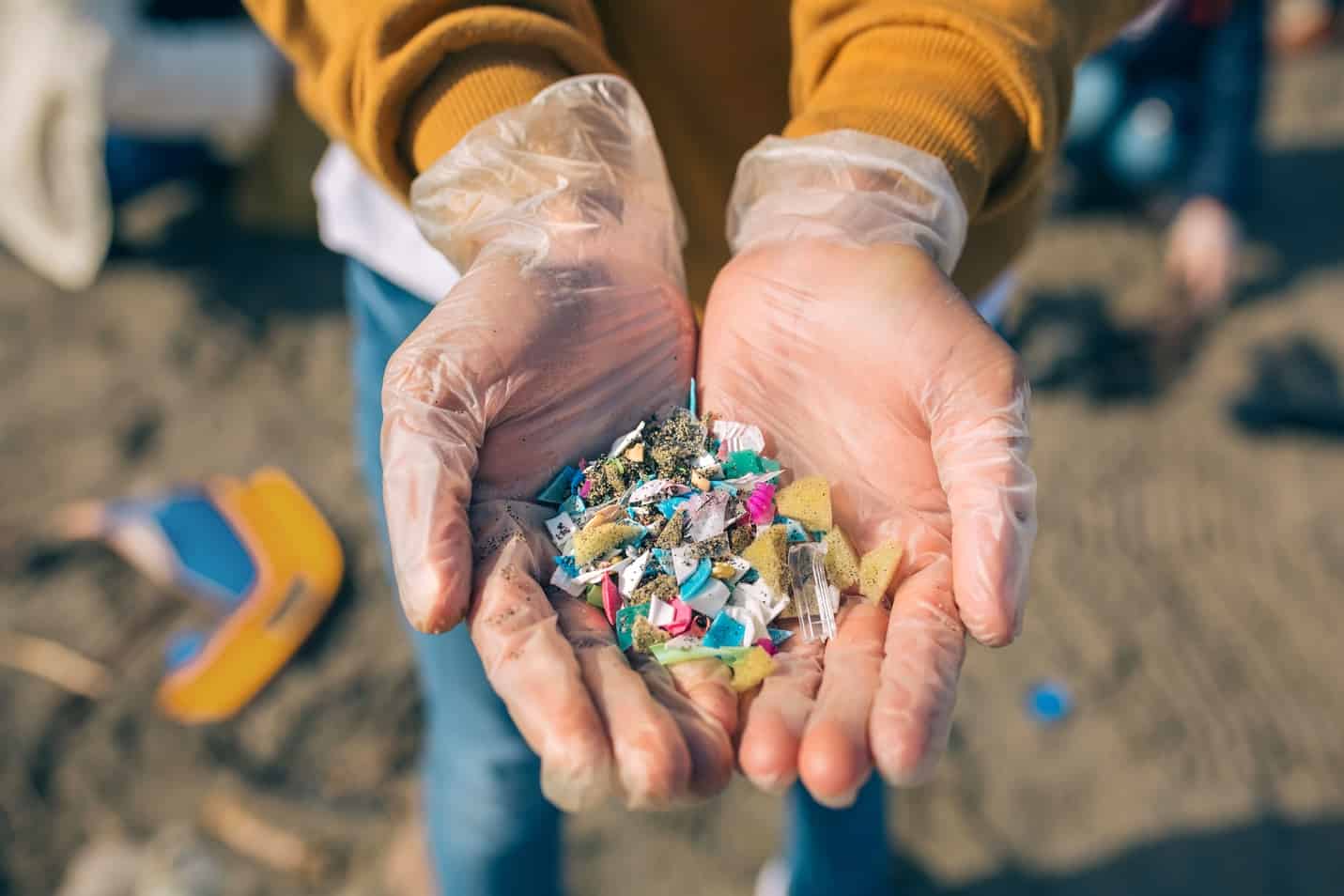In the modern era, where technological advancements have intertwined with daily life, the presence of plastic has become an undeniable reality. From the packaging of our groceries to the storage containers in our kitchens, plastic is everywhere. However, beneath the surface of this convenience lies a growing concern that threatens not just our environment but also our health—microplastics.
Recent studies have unveiled a disturbing reality: microplastics are now pervasive in our food, water, and even the air we breathe. These tiny plastic particles, often less than 5 millimeters in size, have infiltrated every aspect of our lives. They are in the salt we sprinkle on our food, the sugar we add to our tea, and even in the water we drink. The omnipresence of microplastics is not just an environmental issue but a public health crisis that demands urgent attention.
The Ubiquity of Microplastics
Plastic, once hailed as a miracle material for its versatility and durability, has now become a double-edged sword. The very qualities that make plastic so useful—its durability and resistance to degradation—are also what make it so harmful. When plastic products are discarded, they do not simply disappear; they break down into smaller and smaller particles, eventually becoming microplastics that can persist in the environment for centuries.
A recent report by Toxic Links has brought to light the extent of microplastic contamination in everyday food items like salt and sugar. The findings are alarming: every sample tested was found to contain microplastic particles. The highest contamination was found in iodized salt, with an average of 89.15 microplastic particles per kilogram, while even organic rock salt was not spared, showing a lower but still concerning level of contamination.
This pervasive presence of microplastics in our food chain is a clear indicator that the problem is far more widespread than previously thought. It is not just an issue of polluted oceans or rivers; microplastics have infiltrated the very essentials of human sustenance, raising serious questions about their impact on our health.
Microplastics and Human Health
The impact of microplastics on human health is a field of study that is still in its infancy, but the preliminary findings are deeply concerning. Research conducted by the University of Mexico has revealed that microplastics can accumulate in human organs, including the brain. The study, which spanned from 2016 to 2024, found that the average human brain could contain up to 0.5% plastic by weight. This startling revelation suggests that no organ is immune to the infiltration of microplastics, with the brain being particularly susceptible.
The health implications of such contamination are vast and still largely unknown. However, early studies indicate that microplastics could have a range of harmful effects, from triggering inflammatory responses to interfering with cellular processes. The potential for microplastics to disrupt hormone regulation, impair immune function, and even increase the risk of cancer is a matter of grave concern. The fact that microplastics have been found in vital organs such as the liver, kidneys, and brain only underscores the urgency of addressing this issue.
The Food Chain Contamination
The contamination of food with microplastics is not limited to salt and sugar. Studies have found microplastic particles in a wide range of food products, including seafood, fruits, vegetables, grains, and even drinking water. The fact that microplastics have been detected in such a diverse array of food items indicates that the problem is not confined to any single sector but is a systemic issue affecting the entire food chain.
One of the primary pathways through which microplastics enter the human body is through ingestion. This can occur when we consume food that has been contaminated with microplastics during production, processing, packaging, or transportation. For example, the use of plastic containers and packaging materials in the food industry is a significant source of microplastic contamination. The friction and wear and tear of plastic packaging can lead to the shedding of microplastic particles, which then make their way into the food we eat.
The Role of the Food Industry
The food industry bears a significant responsibility for the widespread presence of microplastics in our diet. The over-reliance on plastic packaging, combined with inadequate safety measures during food processing and transportation, has allowed microplastics to permeate the food supply. The findings of the Toxic Links report, which detected microplastics in every sample tested, suggest that food companies are not taking the necessary precautions to prevent contamination.
It is imperative that the food industry takes immediate action to address this issue. This includes investing in alternative packaging materials that do not contribute to microplastic pollution, as well as implementing stricter quality control measures to ensure that food products are not contaminated during processing or transportation. Consumers also have a role to play by demanding greater transparency and accountability from food companies and choosing products that use sustainable and safe packaging.
Government Response and Regulation
In response to the growing concern over microplastic contamination, the Indian government, through its Food Safety and Standards Authority (FSSAI), has launched a comprehensive study to assess the extent of microplastic pollution and its impact on human health. This study, which involves collaboration with leading research institutions across the country, is a crucial step towards understanding the full scope of the problem and developing strategies to mitigate it.
However, more needs to be done at the policy level to address the root causes of microplastic pollution. This includes stricter regulations on the use of plastics in the food industry, as well as initiatives to promote the use of biodegradable and compostable alternatives. The government should also invest in public awareness campaigns to educate consumers about the risks of microplastics and encourage more sustainable consumption practices.
Moving Towards a Plastic-Free Future
The silent invasion of microplastics into our lives is a stark reminder of the consequences of our dependence on plastic. While the convenience of plastic is undeniable, the long-term costs to our health and the environment are far too high. To protect future generations, we must take decisive action to reduce our reliance on plastic products and transition towards a more sustainable and eco-friendly way of life.
Reducing microplastic pollution will require concerted efforts from all sectors of society, including individuals, businesses, and governments. This includes adopting more sustainable consumption habits, supporting initiatives to reduce plastic waste, and advocating for stronger regulations on plastic production and use. By taking these steps, we can reduce the presence of microplastics in our environment and protect the health of both people and the planet.
The time to act is now. The longer we wait, the more entrenched the problem of microplastics will become. Let us not wait for the next alarming study or shocking revelation to spur us into action. Instead, let us take proactive steps to reduce our plastic footprint and work towards a future where microplastics are no longer a silent threat but a problem of the past.
Pankaj Kumar Mishra is a social health researcher at Jawaharlal Nehru University and the founder of CECDR Foundation, New Delhi.























